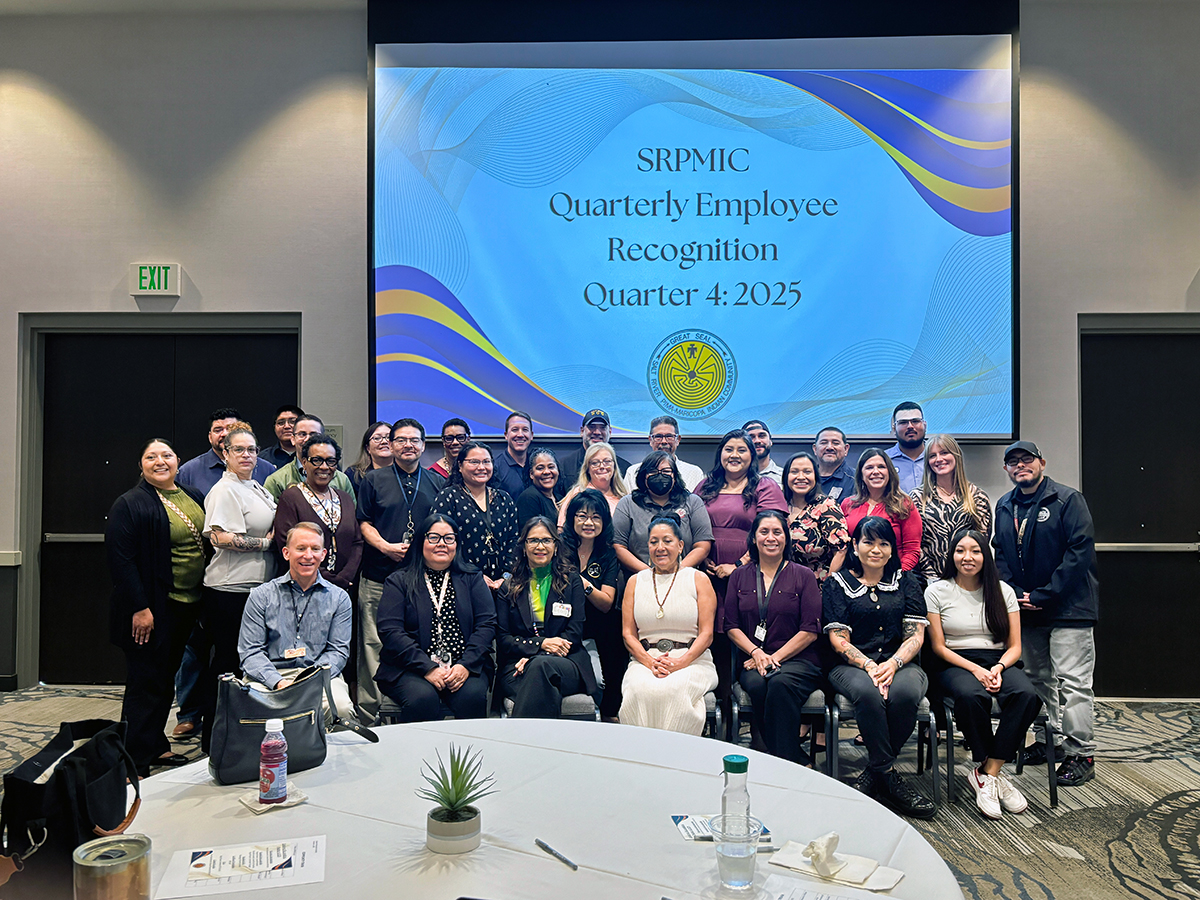VIEWS: 653
September 4, 2024CARP Removes Abandoned and Unsafe Structures From Homesites
The Community Action and Revitalization Program (CARP) is a tribally funded program available free of charge to Salt River Pima-Maricopa Indian Community members who are looking to remove abandoned and unsafe structures from their homesites.
As a part of the cleanup operations, CARP can remove large objects like houses and mobile homes and can also remove septic tanks and other items in the yard like debris, loose trash and household hazardous waste.
According to Senior Environmental Engineer Carol Hibbard of the Community Development Department’s (CDD) Environmental Protection and Natural Resources Division (CDD/EPNR), there are many benefits to removing unsafe structures and cleaning up debris and trash from a site:
- Preventing squatters from moving into abandoned structures
- Reducing gang-related activities
- Limiting areas for graffiti or tagging
- Eliminating unsafe areas children may find inviting for play
- Allowing the lessee to replace an uninhabitable home with a new mobile home or house
As for inoperable vehicles, if the homesite lessee owns the vehicle and has the title, CARP can have it towed. CARP can provide guidance on having the vehicle(s) removed.
The only time that CARP will remove trees is when the contractor is unable to demolish a portion of the home. Otherwise, all trees remain intact on the property.
“The contractor cleans up the site based upon the scope of work, but does not clear brush or level or compact the site in compliance with building code requirements,” said Hibbard.
You will also need to sign a right-of-entry form to allow SRPMIC staff and the contractor to access the site and provide documentation such as a house deed or mobile home title showing there is no lien on the home.
If the homesite is not recorded, an Indian Land Consolidation Act (ILCA) form is required along with the right-of-entry form, which will need to be signed by the landowners.
Once all completed forms have been submitted to CDD/EPNR, the 10-week permitting process begins, which consists of environmental, archaeological and cultural reviews required to receive a CDD/EPNR memorandum stating the project is approved.
Once the permit is received, ECS staff will conduct asbestos sampling. If asbestos is found, a contractor will abate, or remove it. Many times, most of the unit contains asbestos, so the whole unit will be demolished.
The total time for a demolition after the forms are submitted to CDD/EPNR is about four months.
Since CARP was implemented in 2009, CDD/EPNR has demolished more than 180 CARP sites.
To get started, call (480) 362-7600, email epnr@srpmic-nsn.gov or visit the CDD at Two Waters at 10079 E. Osborn Road, third floor, to request the CARP application.







